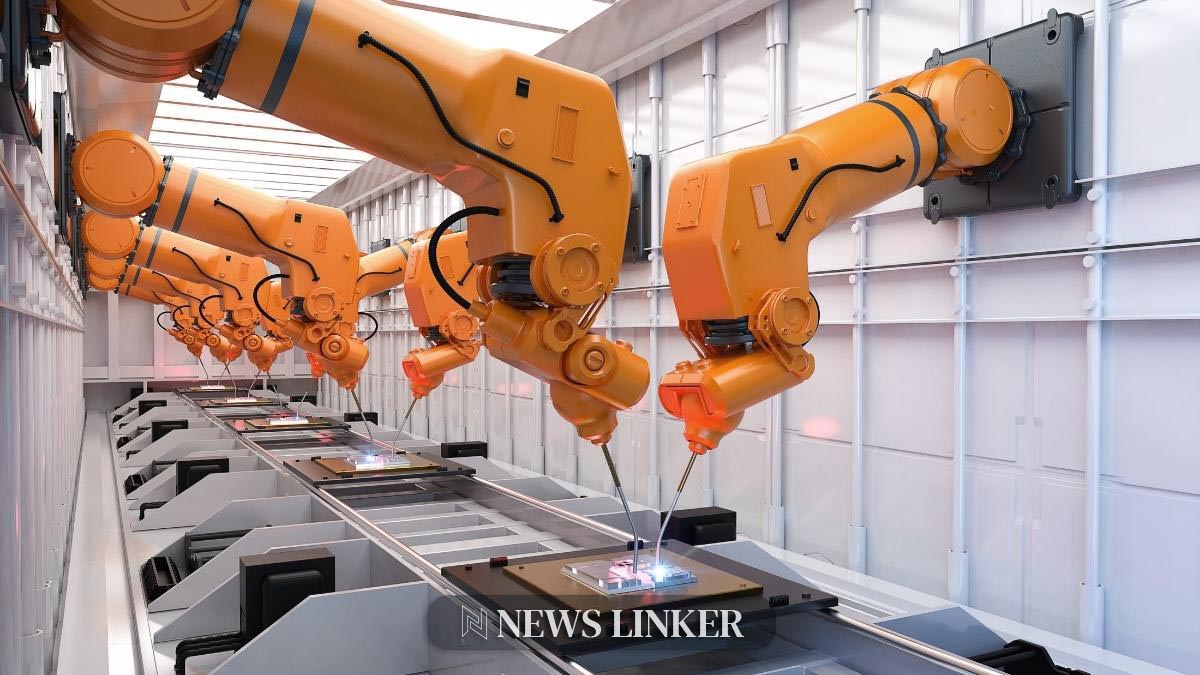The International Federation of Robotics revealed that the number of operational robots globally reached a record 3.9 million in 2022. Bosch Rexroth anticipates this figure to rise as technological advancements enable robots to perform more complex tasks with greater success. The company, headquartered in Buchanan, Michigan, specializes in smart systems for a variety of applications, including factory automation and engineering, and aims to meet the growing demand by improving robot adaptability and user-friendliness.
Introducing the Smart Flex Effector
Brad Klippstein, a product manager at Bosch Rexroth, introduced the Smart Flex Effector, a device positioned between a robot and its gripper that imparts tactile feedback. This feature allows robots to sense when they make contact with an object and optimally align themselves for picking it up, enhancing their precision and adaptability in handling tasks which were previously difficult or impossible.
Vision systems in robotics have long provided valuable information, but the addition of tactile sensing through the Smart Flex Effector brings a new dimension of accuracy and repeatability. This advancement allows robots to adjust their positioning in real time, even when the initial “teach positions” are misaligned, mitigating the need for constant reprogramming and enabling a smoother operation.
Universal Application and Industry Challenges
The versatility of the Smart Flex Effector is underscored by its compatibility with any robot or gripper, facilitated by an adapter plate. The device finds utility across various industries, from assembly to welding, thanks to its compact and robust design capable of processing six degrees of freedom in real-time without hindering the robot’s speed.
Klippstein highlighted the engineering challenges in developing a tool that can adapt to a multitude of scenarios without compromising performance. The Smart Flex Effector’s ability to rapidly determine and communicate positional deviations to the robot controller for immediate correction is a testament to its innovative design.
Future of Robotic Flexibility
The drive for robot flexibility is a key trend in the industry, with ease of implementation being paramount. Klippstein noted the importance of making end effectors like the Smart Flex Effector seamlessly integrate with various robotic systems and the potential for artificial intelligence to further refine accuracy and insights for improved programming and broader application.










